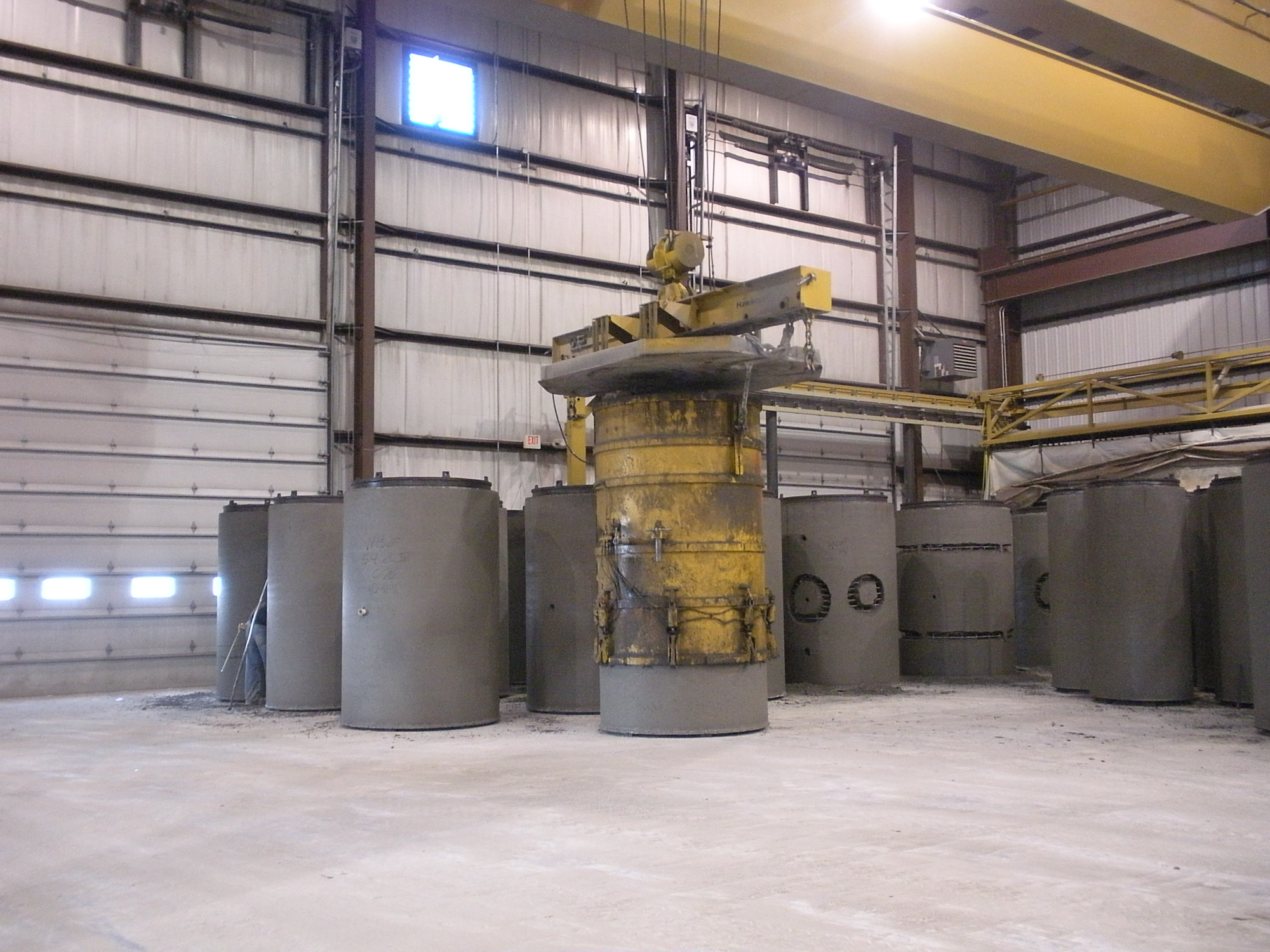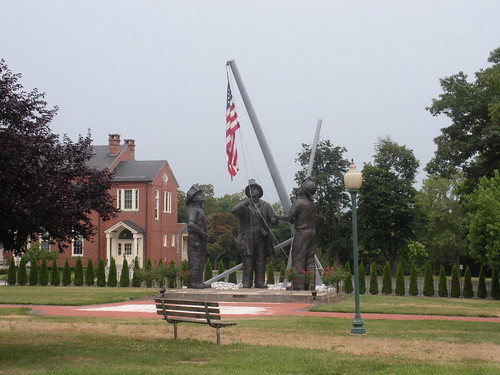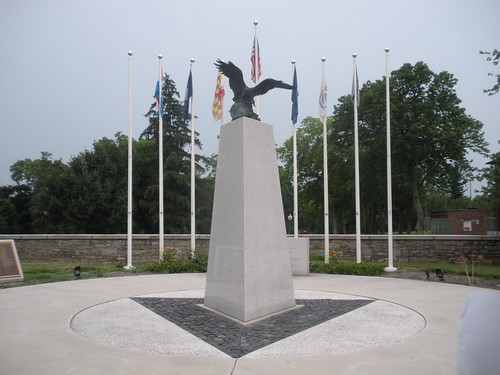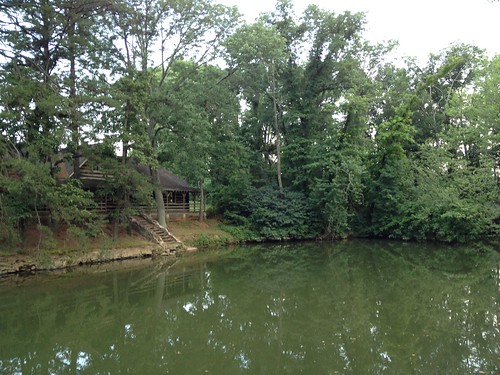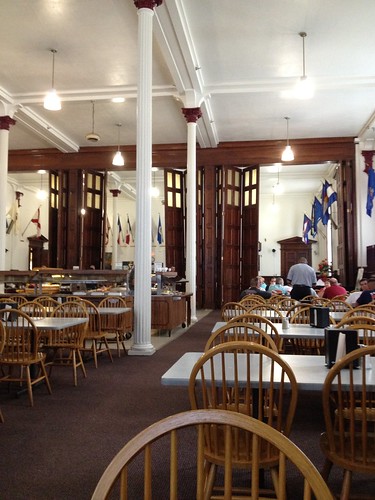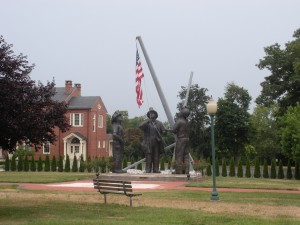Recently in Illinois several communities unfortunately experienced extensive tornado damage. And over the last week I've seen several GIS-related efforts set up to offer information that could be helpful to those working to recover and rebuild. Below are a few quick summaries of these efforts:
According to their website, OpenStreetMap is "a free, editable map of the whole world. Unlike proprietary datasets like Google Map Maker, the OpenStreetMap license allows free access to the full map dataset." So basically, this online map and the related data are available to anyone and can be edited by anyone. It's been useful over the last few years in helping communities experiencing disasters. One of my favorite examples of how this has been implemented is the assistance that was offered after the Haiti earthquake a few years ago. If interested, you can check out a video showing the timelapse of the OpenStreetMap edits for the Haiti effort here: OpenStreetMap Project Haiti
Last weekend, one of the cities in Illinois that experienced the most damage was Washington, Ill. Soon after relief efforts began, I noticed Dave Smith, a GIS professional from the Washington, DC, area had started an effort to map all the structures in Washington, Ill., on OpenStreetMap. Over the last week a number of people assisted him in this effort. At this point a good portion of the buildings have been mapped with only a few more areas left to be done. I embedded a view of the Washington, Ill., area of the map below. As you move around and zoom in keep in mind before Dave started this effort, there were no structures mapped in this city. You can see how much was done in just one week by volunteers from all over the world. The benefit of this map is that now, anyone can freely use this map and the information created by only properly citing the credit as indicated on the OpenStreetMap site:
Online Mapping of Damage
Today, Roger Diercks, another GIS professional I know who works in Illinois, posted a note in the local GIS user group about a mapping effort by Cloudpoint Geographics that shows the comparison between pre and post tornado. You can visit their map here: Post 11/17/2013 'Washington' Tornado Imagery
He also posted a link to a map set up by the Tri-County Regional Planning Commission showing the devastation and the path of the tornado. You can visit that map here: November 17, 2013 Tornado – Pekin/East Peoria/Washington
Using GIS to Prepare for a Disaster
All of these examples show what can be done online within a short amount of time to assist with emergency response. These mapping tools used in conjunction with hand held devices can allow emergency responders and inspectors to access maps real time and even provide edits of their own. And this can be critical for response efforts. One of the main issues I hear at emergency response training is that it can be difficult to orient yourself after a disaster if damage is extensive. People visiting sites that no longer have familiar landmarks, homes, or street signs can be left wondering where they are. So having access to online maps can help to improve response times and provide for a more successful overall rescue, assessment, and rebuilding. Of course, having as much mapped as possible prior to a disaster can make it that much easier. One idea for doing this is to involve the community or school using a map like OpenStreetMap. Perhaps during September which is National Preparedness Month, agencies can sponsor Map Days and encourage schools and citizens to edit the OpenStreetMap adding important information like homes, schools, parks, commercial structures, parking facilities, hospitals, shelters, addresses and any other information that might be helpful should the community experience a disaster.
